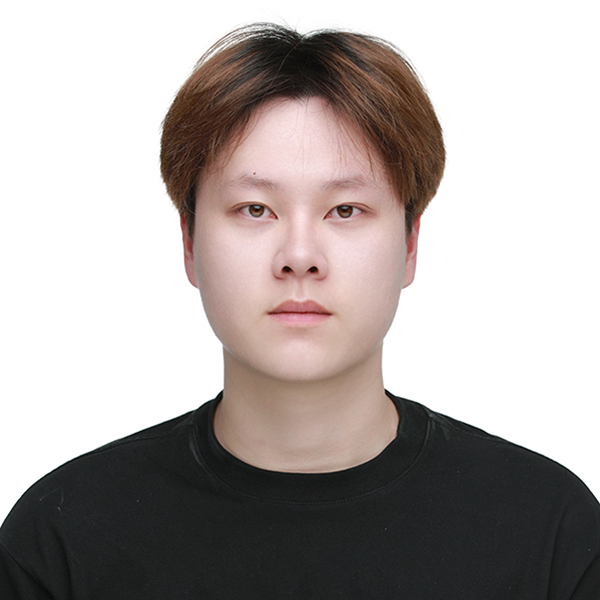
Houfu Jiang, a doctoral student admitted in 2021, was awarded First Place for his presentation titled “Damage Imaging of Composite Structures Based on Nonlinear Guided Wave Path Interaction Technique.” His research focuses on damage detection and imaging in composite structures using both linear and nonlinear ultrasonic guided waves. Composite materials, while offering superior strength-to-weight ratios and corrosion resistance, are prone to internal damage such as delamination and fiber breakage due to their anisotropic and layered nature.
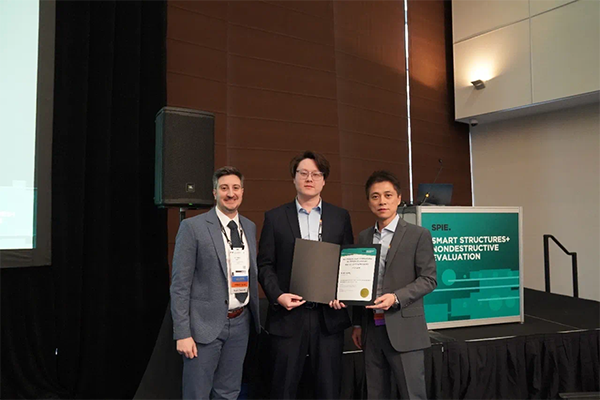
Houfu Jiang receives his prize at the SPIE conference.
Jiang’s work introduces a nonlinear ultrasonic method that utilizes guided wave interactions to identify damage with high sensitivity. Numerical simulations and experiments demonstrated that the proposed technique effectively localizes defects by analyzing nonlinear wave components generated during path interactions. The method enhances the precision of structural health monitoring and offers promising applications in quality assurance and maintenance of composite structures.

Haoyu Fu, a Ph.D. student admitted in 2023, received the Second Place award for his research on a non-contact nondestructive evaluation (NDE) system. His work integrates air-coupled focused ultrasound with laser Doppler vibrometry to overcome traditional limitations such as low resolution, poor penetration, and impedance mismatch.
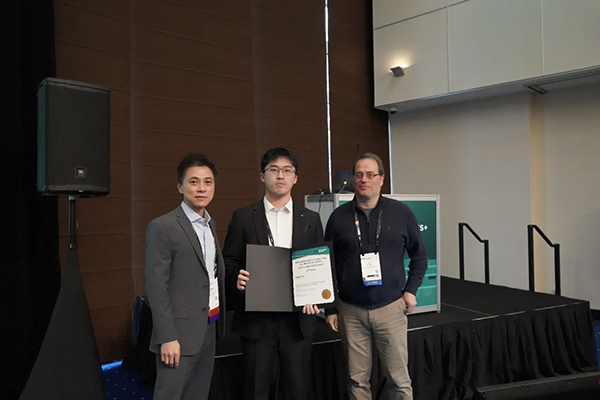
Haoyu Fu receives his prize at the SPIE conference.
Fu developed a new type of air-coupled focused piezoelectric transducer and applied it within a robotic system capable of high-precision scanning. The system enables high-resolution structural imaging through advanced signal processing techniques. Experimental results validated its effectiveness in detecting defects in carbon fiber composite panels, demonstrating strong potential for smart manufacturing and real-time structural monitoring.
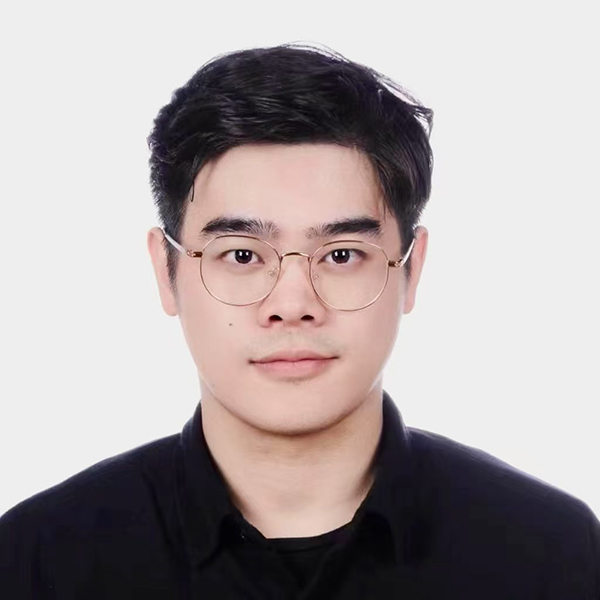
Runye Lu, a doctoral student admitted in 2020, was awarded Third Place for his research on fatigue crack detection using zero-group-velocity (ZGV) guided wave modes. His study addresses the limitations of traditional nonlinear ultrasonic techniques, which are often affected by noise and material nonlinearity. Lu has published 15 first-author papers in top journals and conferences and holds 10 patents. He is a four-time winner of Best Paper/Poster Awards at SPIE and ASME conferences and a recipient of multiple prestigious scholarships, including the Bosch AIoT Scholarship, KLA Scholarship, Huatai Securities Tech Scholarship, and the Guo Xie Biyong Scholarship.
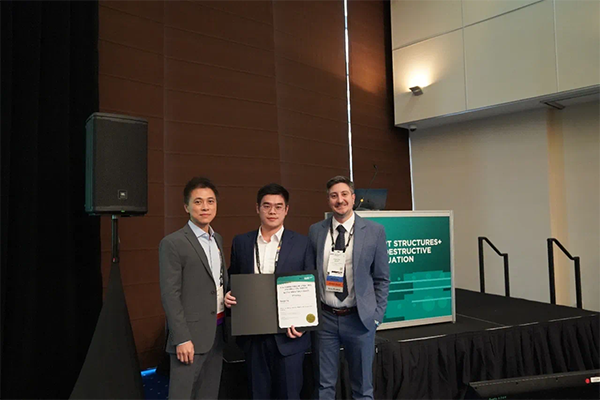
Runye Lu receives his prize at the SPIE conference.
Lu proposed a method that enhances damage detection sensitivity by exciting semi-ZGV frequencies that induce localized resonance at crack sites. The resulting second-harmonic signals are significantly amplified, providing a robust approach to early-stage crack detection. His research contributes to more reliable and accurate structural health monitoring systems.

All the three prize-winning students are supervised by Associate Professor Yanfeng Shen, who also serves as Deputy Party Secretary of JI. Professor Shen is an internationally recognized expert in structural health monitoring and nondestructive evaluation. He is a recipient of the Achenbach Medal and the Shanghai Youth Science and Technology Rising Star award. He has published more than 30 journal articles and 70 conference papers and has led numerous national and provincial research projects. Shen serves on the editorial boards of several leading journals, including Structural Health Monitoring – An International Journal, Ultrasonics, Journal of Nondestructive Evaluation, and ASME Journal of NDE Diagnostics and Prognostics of Engineering Systems. Under his guidance, many students have earned national scholarships and international awards for academic excellence.
